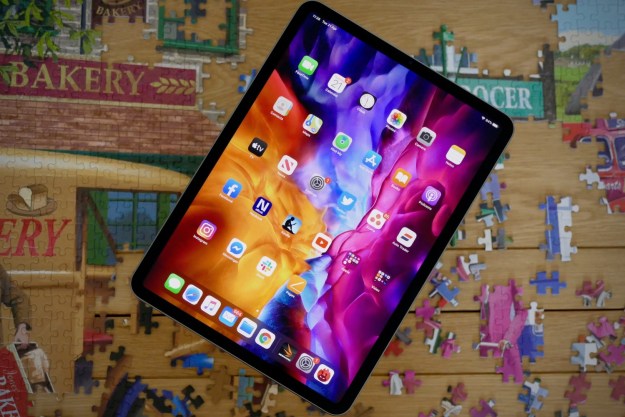
Pico Interactive, one of the most popular VR headset manufacturers in China, has revealed the next headset in its all-in-one lineup. The Pico G2 4K is nearly identical to previous G2 headsets in terms of design and power, but it promises to include a 4K display for higher resolutions. Announced ahead of CES 2019, the Pico G2 4K is available to try at the annual trade show in Las Vegas this week.
More CES 2019 coverage
- HTC brings two new headsets, a VR browser, and ‘Netflix for VR’ to CES 2019
- Forget 8K, the Insta360 Titan records 11K that can still play back on smartphones
Whereas Oculus and HTC headsets are typically aimed at consumers for entertainment purposes, the Pico G2 4K is intended for business use. In a press release, Pico outlined three specific features that have business appeal. First, there’s Kiosk mode, which locks the headset into a single application. It also features hands-free controls for compatible applications.
Most importantly, especially when considering business use, the Pico G2 4K supports replaceable face pads that can be cleaned easily.
“[Virtual reality and augmented reality] continue to grow on the consumer level, but we feel there’s far more untapped potential in using these cutting-edge technologies to elevate businesses behind the scenes. The use cases for VR and AR are limitless and we aim to help businesses realize this with our products, including the Pico G2 and Pico G2 4K headsets,” Pico Interactive CEO Henry Zhou said in a statement. “We are carving out our own identity as a leading enterprise VR and AR hardware manufacturer while expanding the overall market by providing tailored products and options few of our competitors provide at this point.”
Like the Pico G2 and Pico G2 Pro, the Pico G2 4K has a Qualcomm Snapdragon 835 CPU and three degrees of freedom for tracking. It includes 32GB of storage and 4GB of RAM. Both previous G2 models had 1,440 by 1,600 resolution, which Pico called “3K,” while the Pico G2
A price hasn’t been set, but the G2 currently goes for $300, and the G2 Pro costs $350. The Pico G2 4K will be available in the first half of 2019.
Editors' Recommendations
- HP takes on Alienware and Samsung with its 4K QD-OLED gaming monitor
- Pimax’s 12K QLED VR headset wants to take virtual reality to the next level




